Uw winkelwagen
Uw winkelwagen is leeg
Bedrijfsnieuws
Onze kruiden
Onze suikers
Onze kroonkurken
-
 Kegcaps 69 mm, Wit 86 Grundey G-type (850/box)
Toevoegen aan kar
Kegcaps 69 mm, Wit 86 Grundey G-type (850/box)
Toevoegen aan kar
-
 Kegcaps 74 mm, Green 147 Flatfitting A-type (700/box)
Toevoegen aan kar
Kegcaps 74 mm, Green 147 Flatfitting A-type (700/box)
Toevoegen aan kar
-
 Kegcaps 64 mm, Red 1485 Sankey S-type (EU) (1000/box)
Toevoegen aan kar
Kegcaps 64 mm, Red 1485 Sankey S-type (EU) (1000/box)
Toevoegen aan kar
-
 Kegcaps 74 mm, Gold 116 Flatfitting A-type (700/box)
Toevoegen aan kar
Kegcaps 74 mm, Gold 116 Flatfitting A-type (700/box)
Toevoegen aan kar
-
 Kegcaps 69 mm, Green 147 Grundey G-type (850/box)
Toevoegen aan kar
Kegcaps 69 mm, Green 147 Grundey G-type (850/box)
Toevoegen aan kar
Bier Recepten
Woordenlijst
A tall glass (traditionally 3 feet) that was originally produced in England back in the days when travel by horse-drawn coach was common. When a coach would stop at an Inn to rest the horses and feed the passangers, the Coach driver would have to stay on the coach to handle the reigns. Since the coach driver wanted beer, but was way up there on the coach while the barmaids where way down there on the ground, the yard glass was developed to help the barmaids hand the beer up to the coach driver. A yard glass typically has a large mouth, a long skinny neck, and a large bulb at the bottom. It takes a bit of practice, but it certainly is an entertaining and traditional way to enjoy beer.
Yeast collected from fermentors during or after the fermentation.
A brewing additive which is typically produced by extracting the "guts" of yeast cells in a centrifuge. Provides essential nutrients to the yeast. Since barley malt already contains all of the nutrients that yeast need, yeast engergizer is generally unnecessary when brewing beer. It may be more helpful in wines, ciders and meads (fruit juices and honey do not contain the level of nutrients that barley does).
A brewing additive which adds free amino nitrogen (FAN), a substance which is essential for good yeast health. Think of it as fertilizer for your yeast. As with yeast engergizer, should not be necessary for beer wort, since malt already contains all of the essential nutrients for your yeast.
Essentially a small, mini-batch of beer, the sole purpose of which is to give your yeast culture a contaminant-free environment in which it can build up their strength and numbers. For detailed info on how I make yeast starters.
Number of pounds of extract, obtained from 100 pounds of brewing material, given in percent. Also kilos extract per kilo brewing material. Distinguish between laboratory yield of malt and adjunct which is determined by standard ASBC methods and brewhouse yield, which depends on equipment and operating conditions. Brewhouse yield ranges from 92 to 98% of laboratory yields.
English system of fermentation using shallow, square, traditionally slate vessels for fermentation. Still in use by the Samuel Smith Brewery in Tadcaster, Yorkshire.





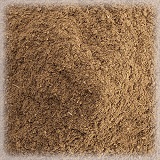
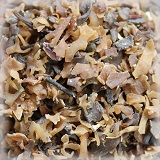
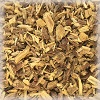

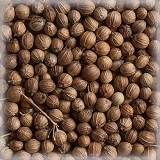
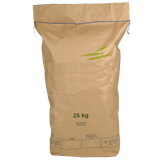
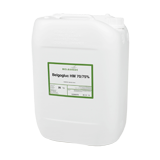
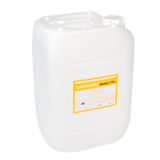
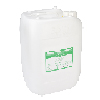

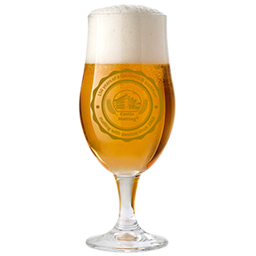

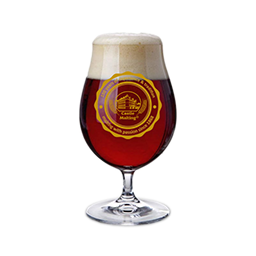
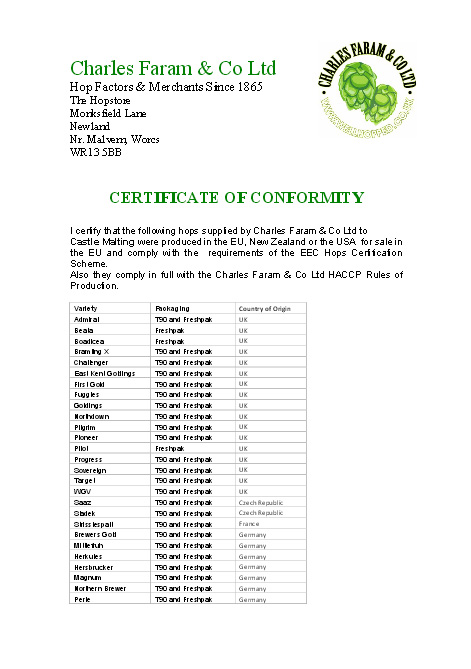 ChF Hops Conformity Certificate
ChF Hops Conformity Certificate
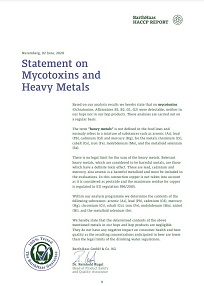 Barth Haas Hops: Statement on Mycotoxins and Heavy metals 2022
Barth Haas Hops: Statement on Mycotoxins and Heavy metals 2022
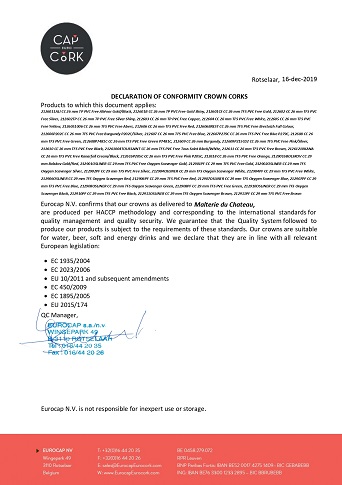 Crown Cork EUROCAP Conformity Certificate 2019
Crown Cork EUROCAP Conformity Certificate 2019
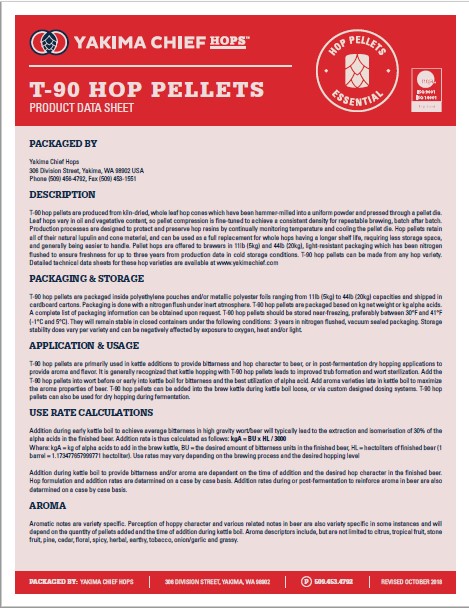 Hops Yakima Chief, T90 Hop Pellets Product data sheet
Hops Yakima Chief, T90 Hop Pellets Product data sheet
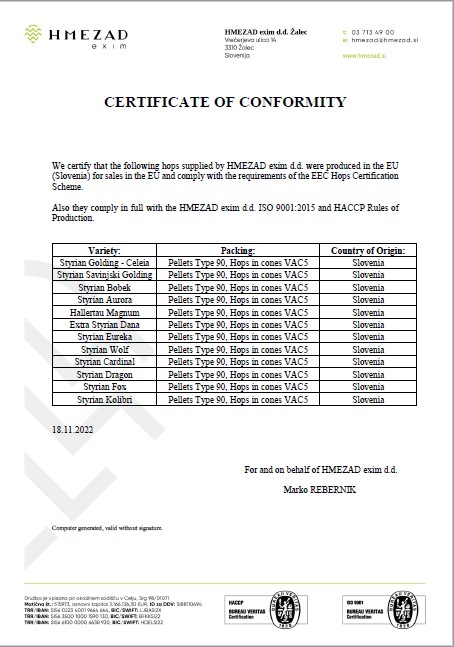 HMEZAD Hops - Certificate of conformity 2022
HMEZAD Hops - Certificate of conformity 2022



